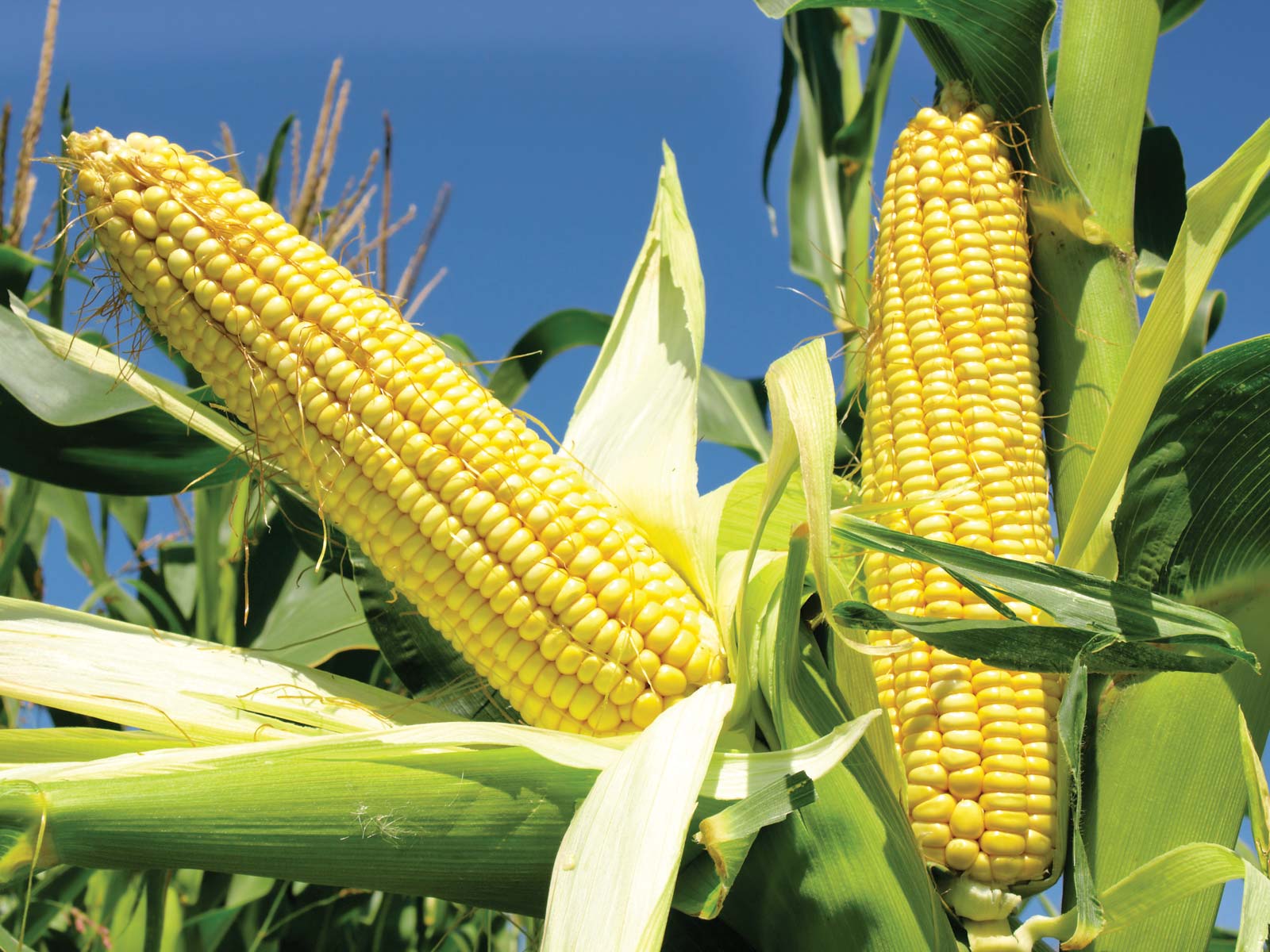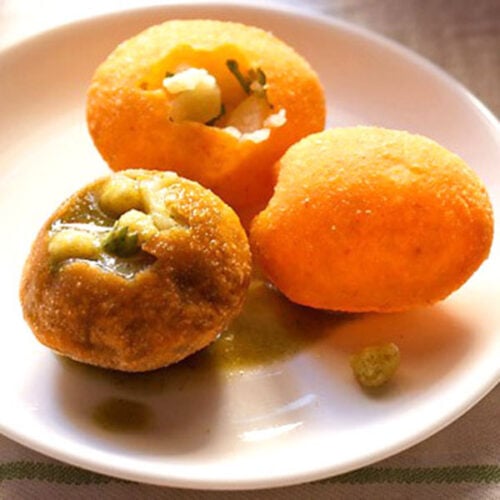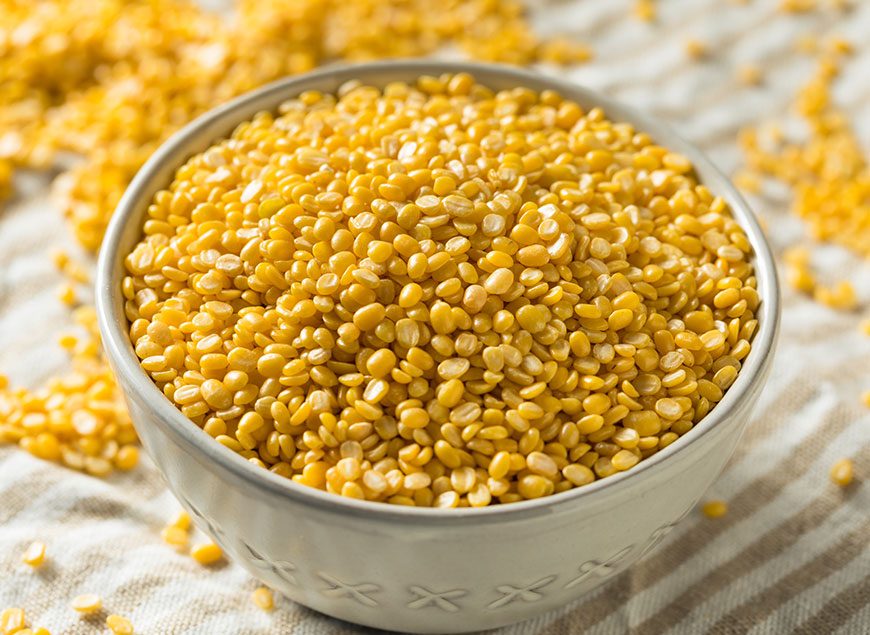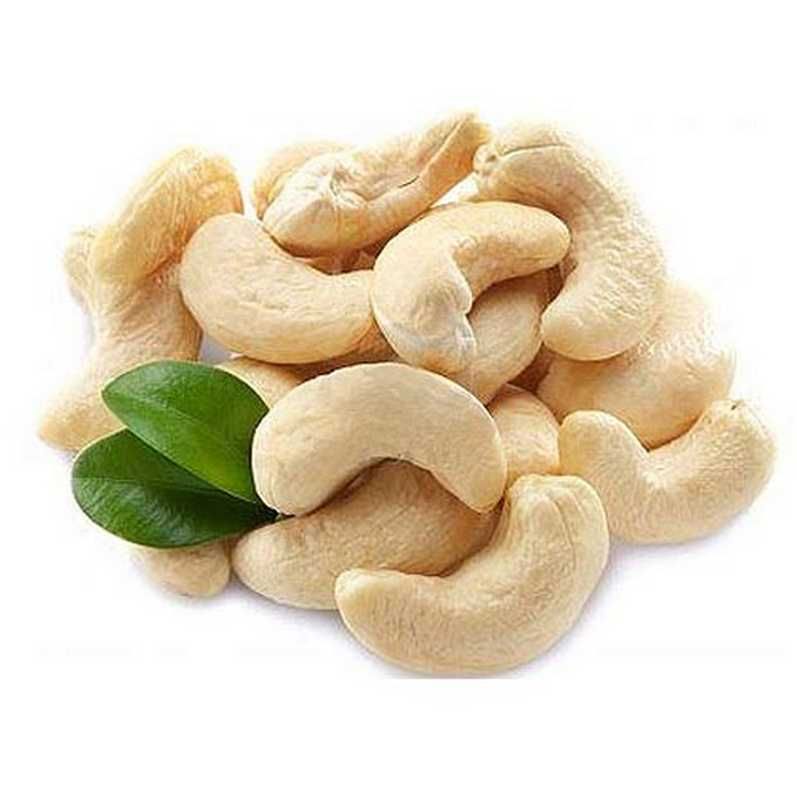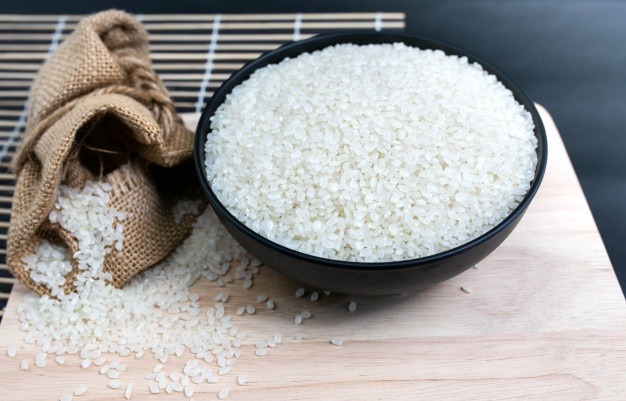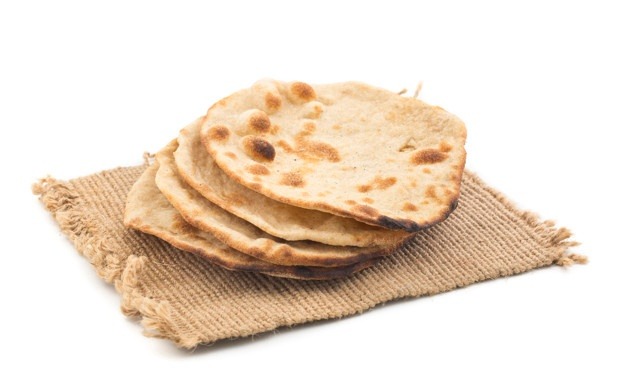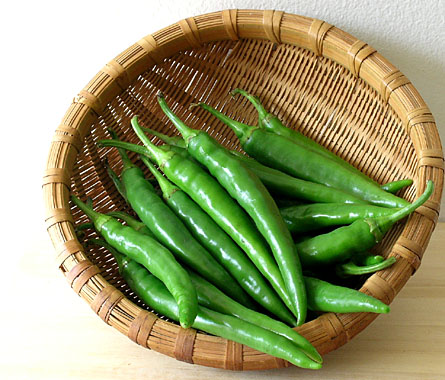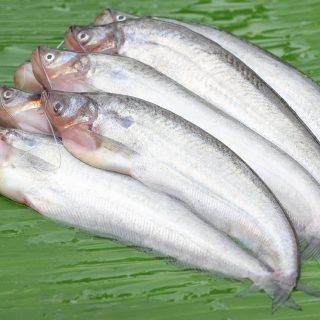Corn, also known as maize, is a starchy vegetable that comes as kernels on a cob, covered by a husk. Corn is one of the most popular vegetables in the U.S. that sometimes gets a bad rap because it has a lot of natural sugar and carbs. But don’t overlook the health benefits of this versatile veggie.
Corn is a favorite of summertime cookouts. Popped, it makes the perfect snack for movie nights or parties. Dried and ground into flour, its seeds become cornmeal for tortillas, chips, and crackers. In this form, it’s a grain, not a vegetable.

Farmers in southern Mexico first cultivated corn about 10,000 years ago from a wild grass called teosinte. Teosinte kernels were much smaller than modern corn kernels. As farmers carefully chose which corn seeds they replanted, corn evolved into the version you know today.
Natives of North and South America grew corn, which they called maize. Europeans who came to New England learned about it and brought it back to their home countries. The pilgrims of the Plymouth Colony and members of the Wampanoag Tribe probably ate corn at the first Thanksgiving dinner in 1621.
Kinds of Corn
Corn comes in four main types:
The sweet corn that you eat at cookouts comes in yellow, white, or a combination of the two colors, and it has a mildly sugary taste.
Popcorn, before you prepare it, has a soft, starchy center surrounded by a hard gold-colored shell. Inside is a tiny drop of water. When you heat popcorn in a pan or in your microwave, the moisture inside gives off steam. Pressure from the steam builds to the point where the kernel explodes, and the center opens into a fluffy white nugget.
Flint or Indian corn is harder than sweet corn. It comes in red, white, blue, black, and gold. Flint corn grows in Central and South America. In the U.S., we use it mainly for fall decorations.
Dent corn, which comes in white and yellow, has a dent in the top of each kernel. Its main uses are animal feed and manufactured foods, like tortilla chips and grits.
Corn Health Benefits
Don’t let the sweet taste fool you. Choosing corn and whole-grain corn products — rather than food that has processed white flour — can lead to better gut health and help lower your chances of getting diseases like cancer, heart disease, and type 2 diabetes.
The fiber in corn helps you stay full for longer between meals. It also feeds healthy bacteria in your digestive tract, which may help protect against colon cancer.
Popcorn may also help prevent diverticulitis, a condition that causes pouches in the walls of your colon. In a large study, men who ate more popcorn had a lower risk of getting the diverticular disease.
Corn is rich in vitamin C, an antioxidant that helps protect your cells from damage and wards off diseases like cancer and heart disease. Yellow corn is a good source of the carotenoids lutein and zeaxanthin, which are good for eye health and help prevent the lens damage that leads to cataracts. Corn also has smaller amounts of vitamins B, E, and K, along with minerals like magnesium and potassium.
When it comes to nutrients, color matters. Plant pigments are where you’ll find natural chemicals called phytonutrients, which carry the antioxidants. That’s why white or yellow corn has fewer antioxidants than blue or purple corn. (These darker-colored types of corn come in chips or taco shells.)
Corn Risks
Corn is a starchy vegetable, like potatoes and peas. That means it has sugar and carbohydrates that can raise your blood sugar levels. It can still be a healthy part of your diet if you don’t overdo it. If you have diabetes, you don’t necessarily need to avoid corn but watch your portion sizes.
Corn also has antinutrients, which are compounds that keep your body from absorbing nutrients as well as it should. Soaking your corn can help remove many of them.
Often, corn gets contaminated by fungi that put off toxins called mycotoxins. If you eat a lot of corn with these toxins, you’re at a higher risk for certain cancers, liver problems, lung issues, and slowing of your immune system.
Corn Nutrition
In one ear of sweet corn, you get these nutrients per serving:
- Calories: 90
- Protein: 3 grams (g)
- Fat: 1 g
- Carbohydrates: 19 g
- Fiber: 1 g
- Sugars: 5 g
- Vitamin C: 3.6 milligrams (mg)
How to Prepare and Store Corn
You can boil, steam, roast, or grill corn on the cob. Keep the husk on for roasting and grilling. For faster cooking, put corn in the microwave for about 2 minutes per ear. You’ll find that this veggie also makes a hearty addition to soups, stews, and casseroles.
Be careful how you top your corn. Coat the ear in butter, and you’ll add calories and fat. Instead, use a squeeze of lime, a teaspoon of olive oil, or a dash of chili powder or smoked paprika for flavor. The same seasonings can replace butter on popcorn, too.
When you’re short on time, frozen and canned corn make good substitutes for fresh. Just check the nutrition label to make sure it doesn’t have added salt, butter, or cream.
Corn tastes sweetest if you serve it within 5 days of buying it. If you can’t cook it right away, leave the husks on and put the cobs in the fridge. The cold will keep them fresh for up to 5 days.

